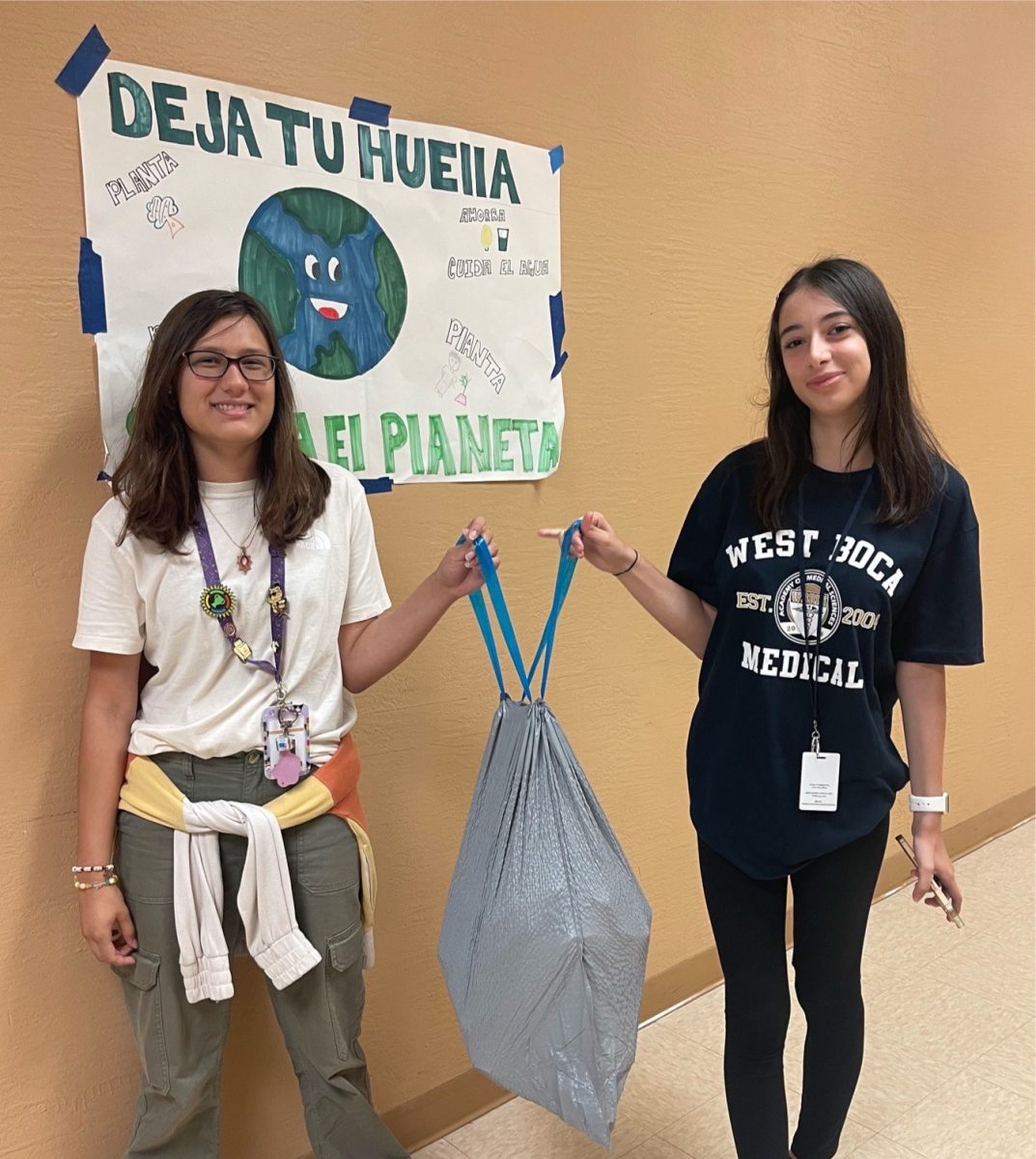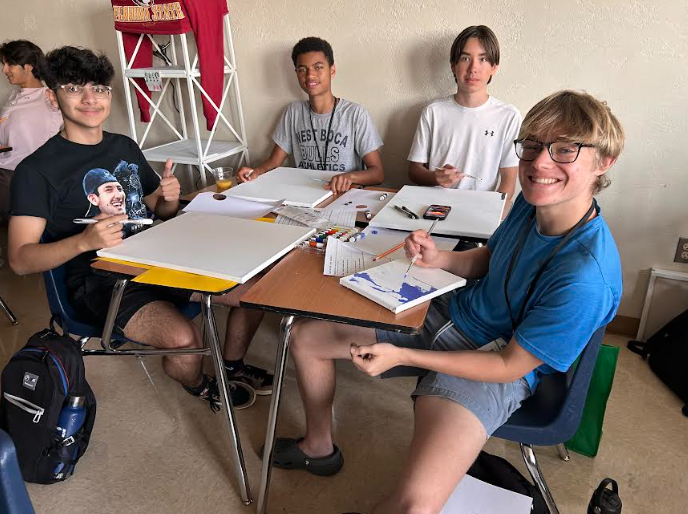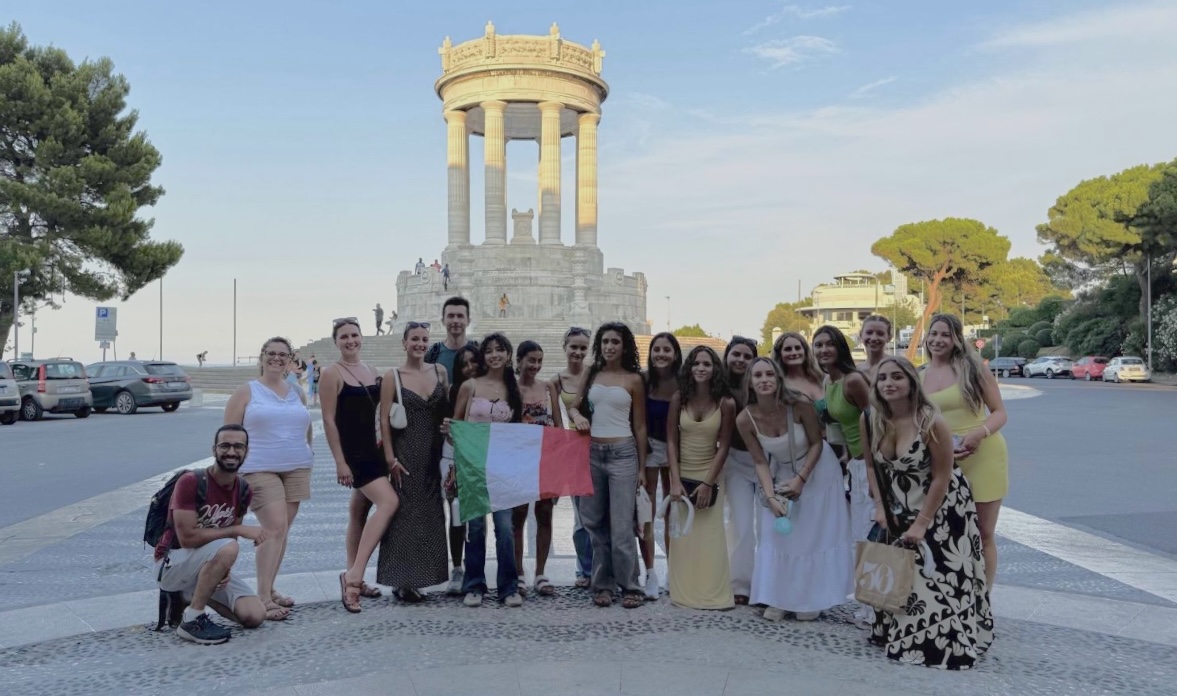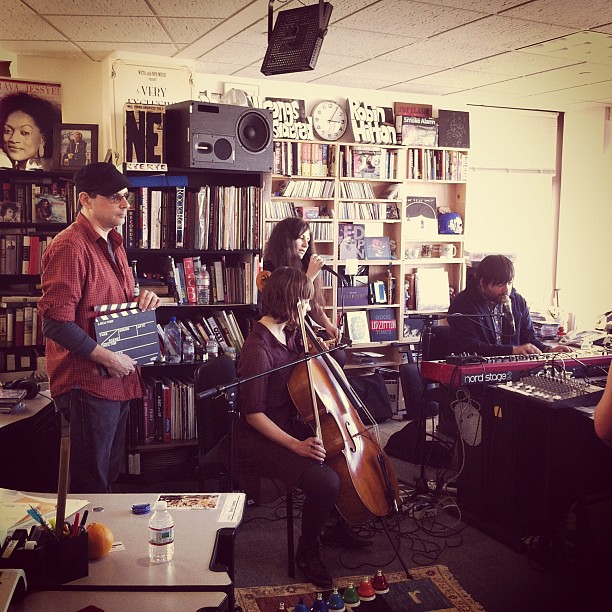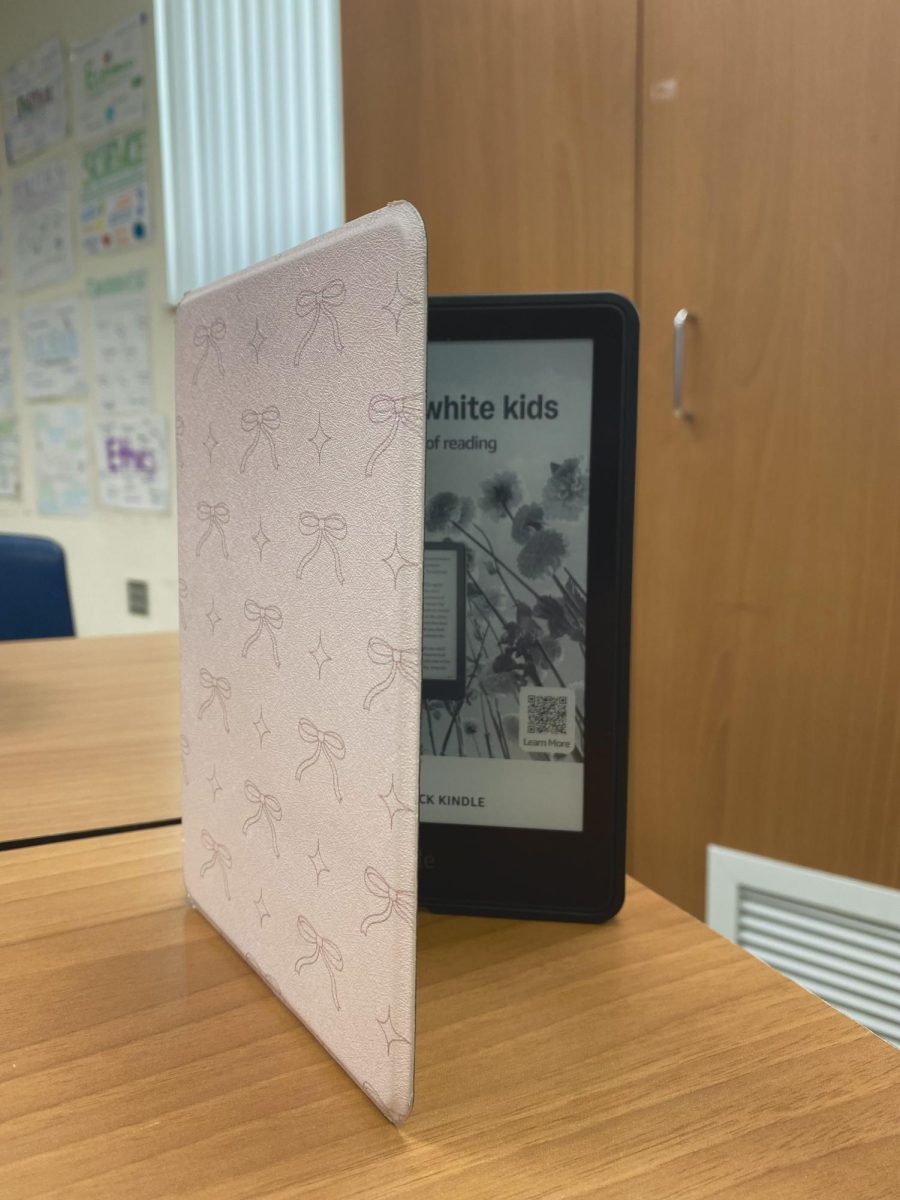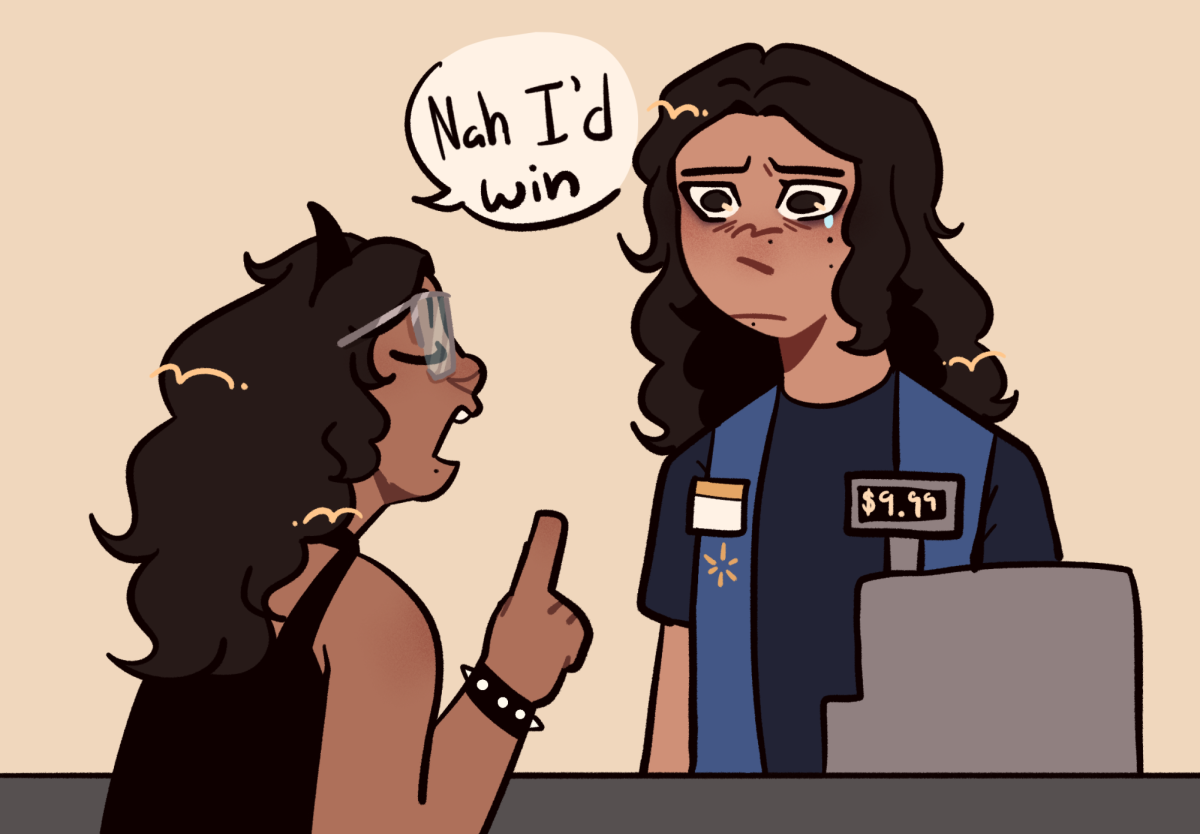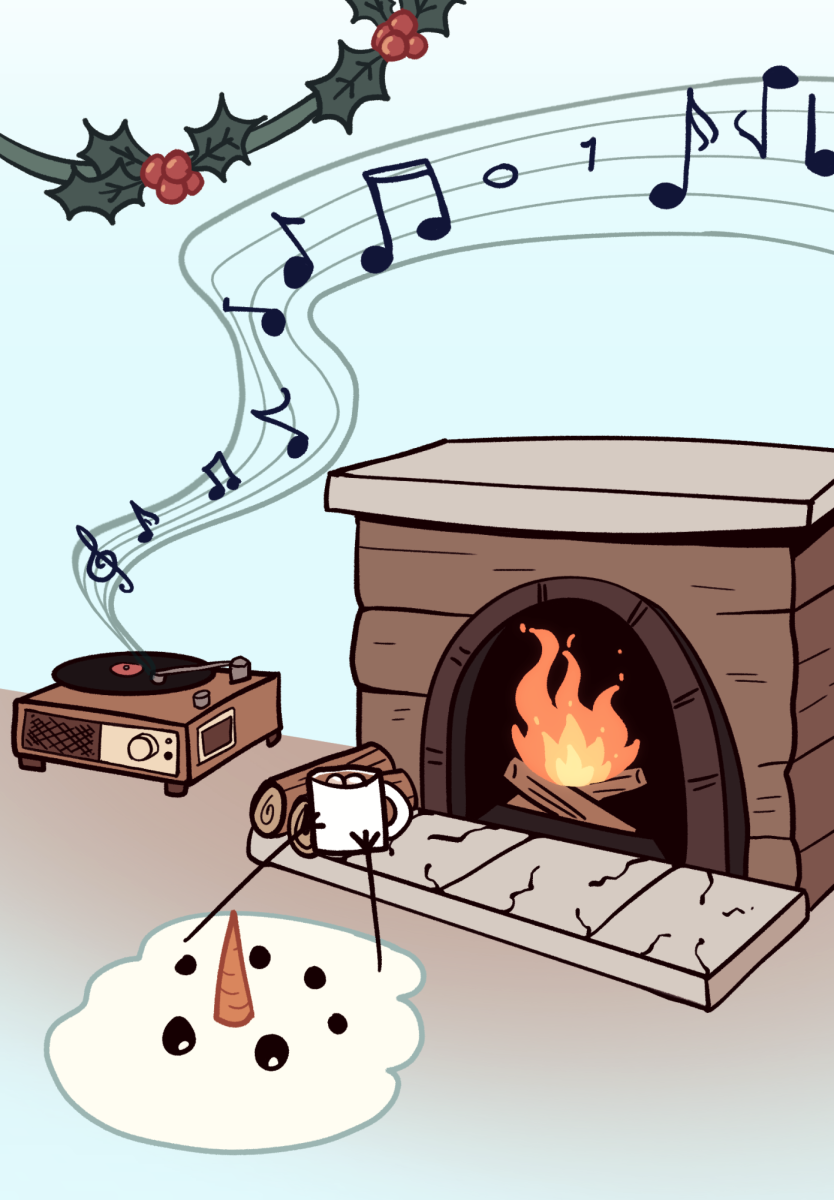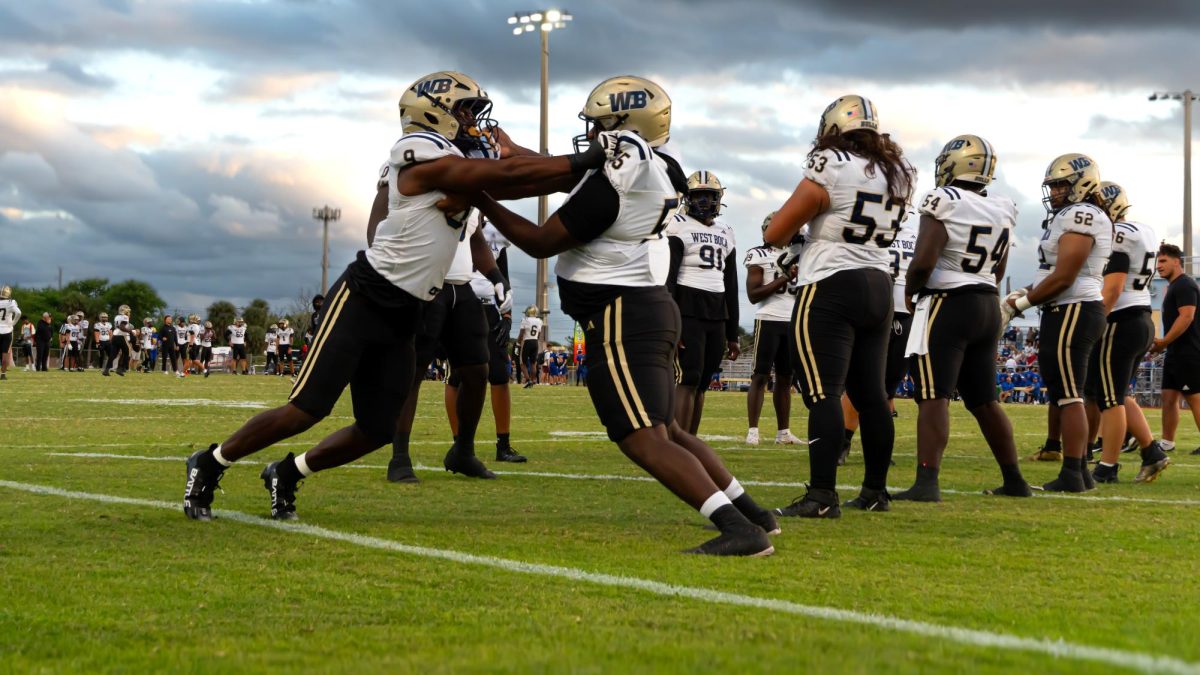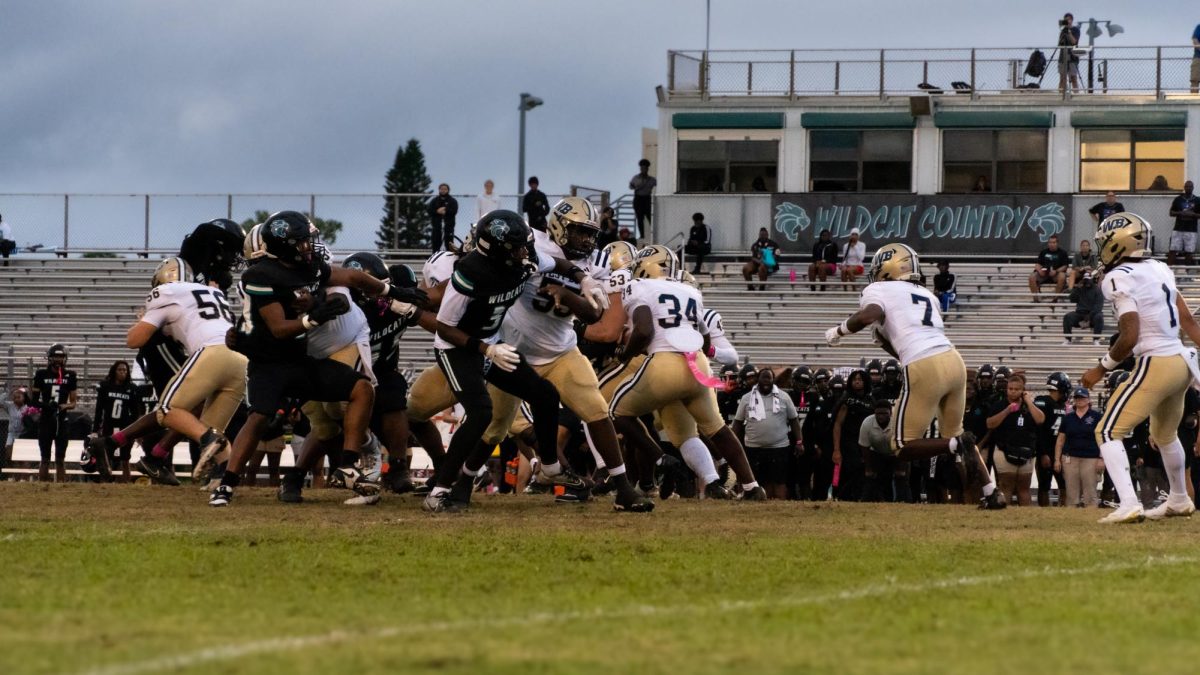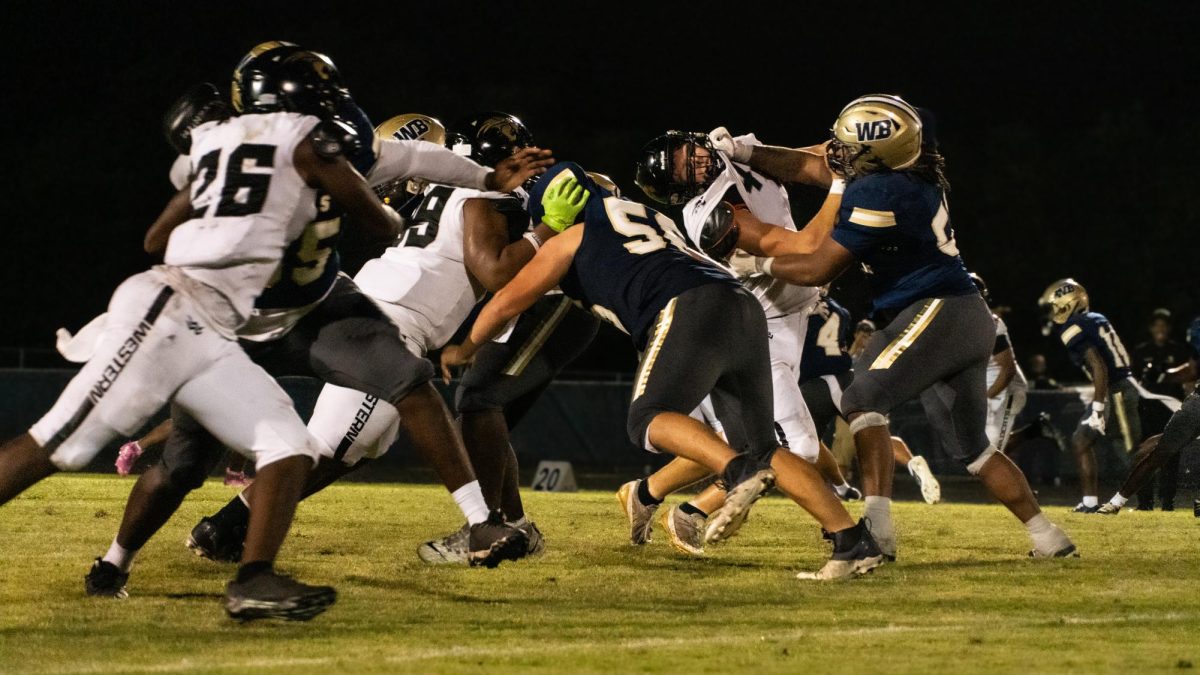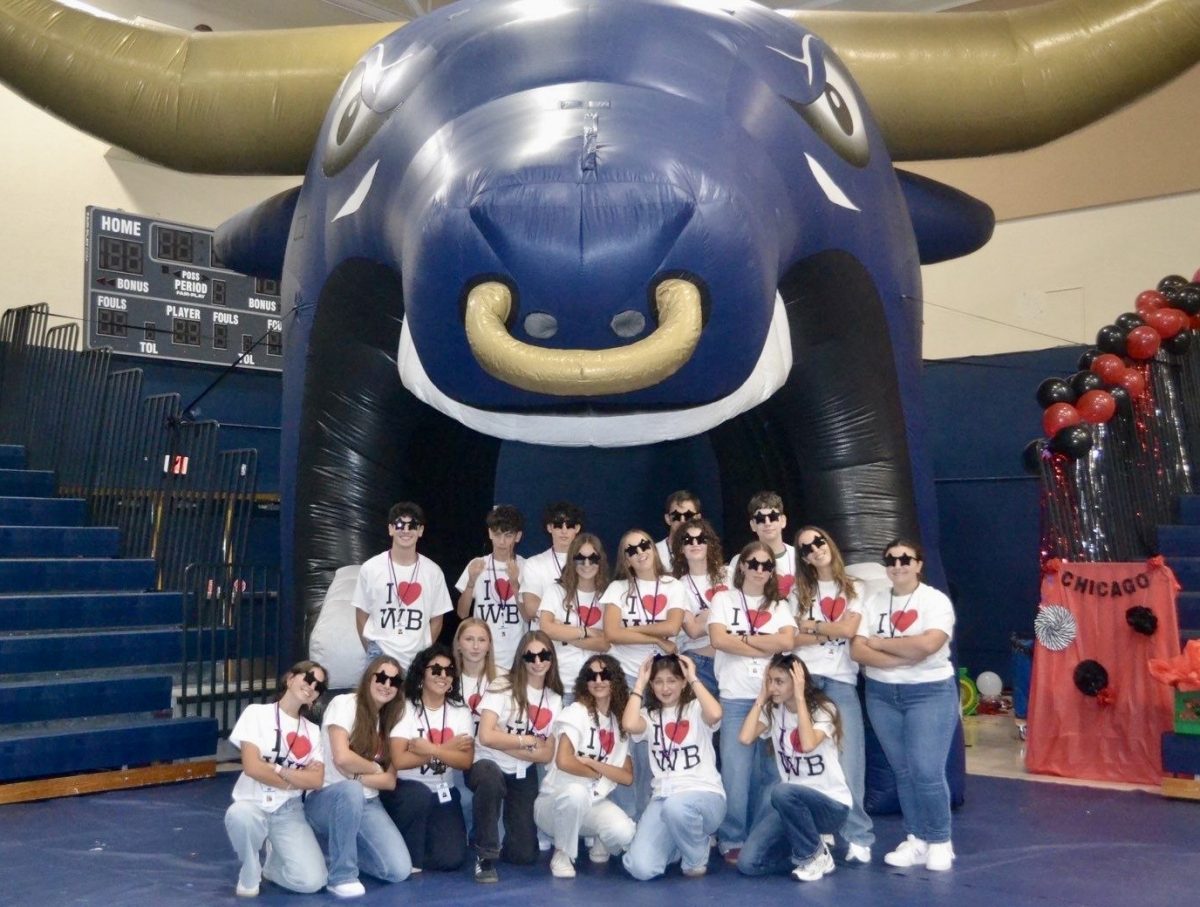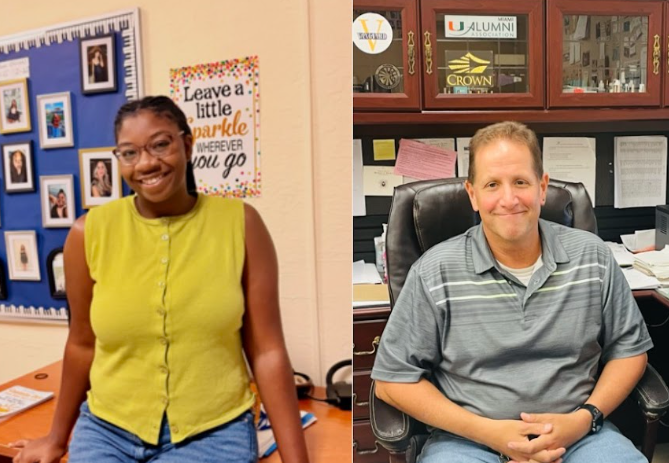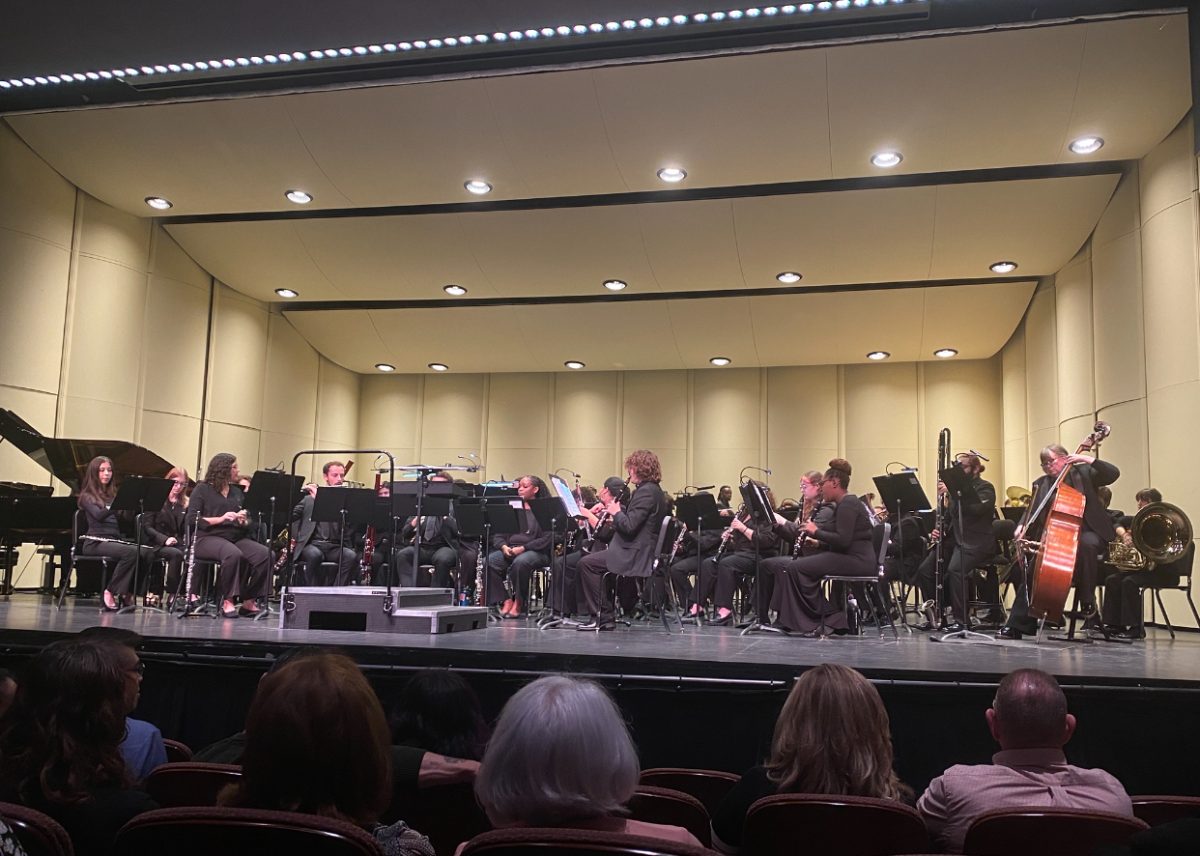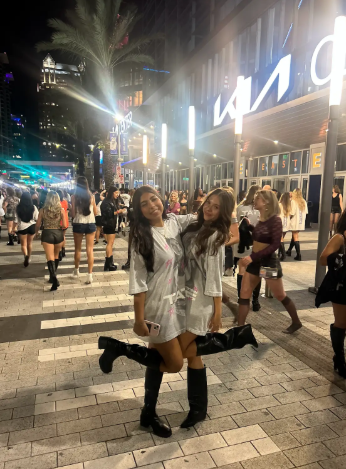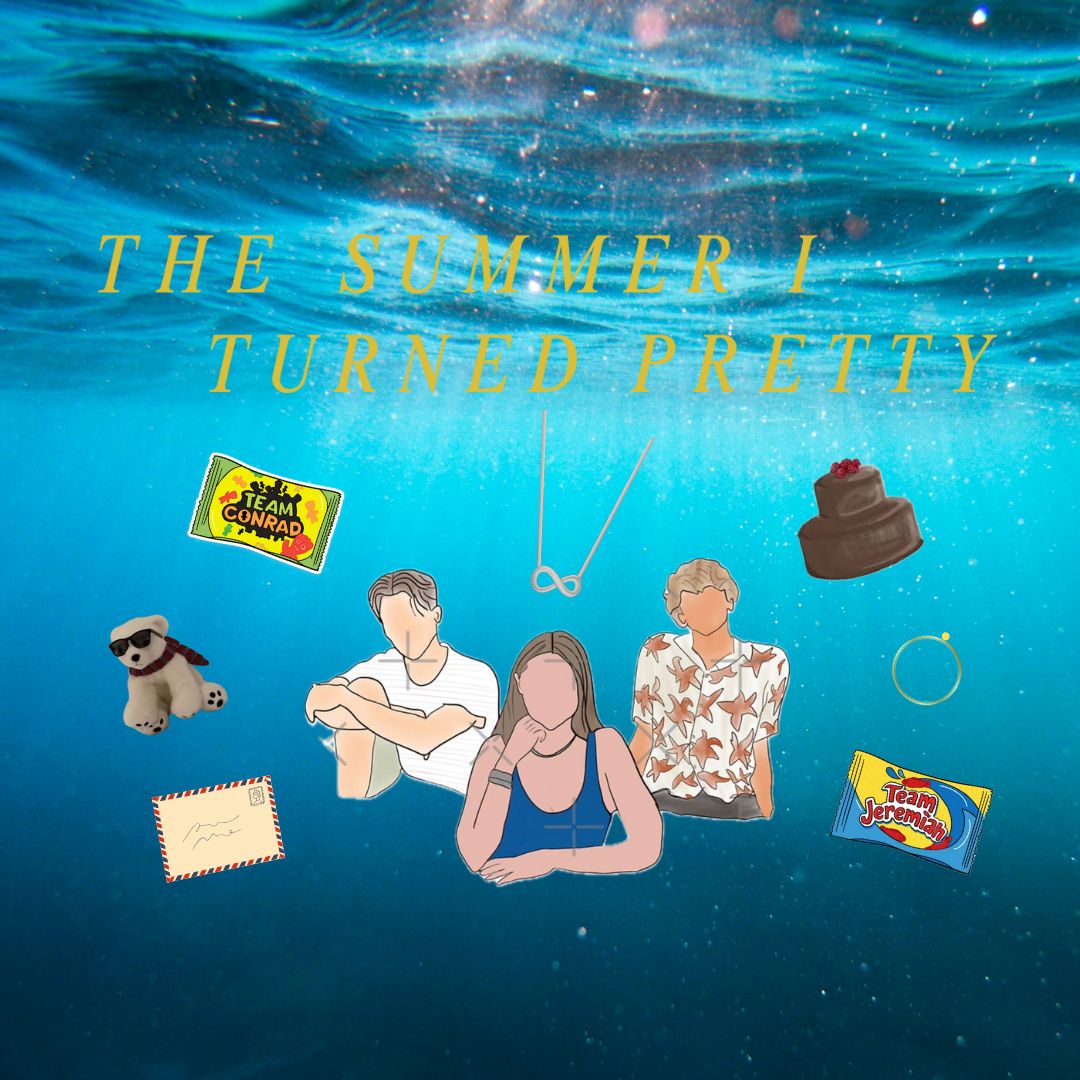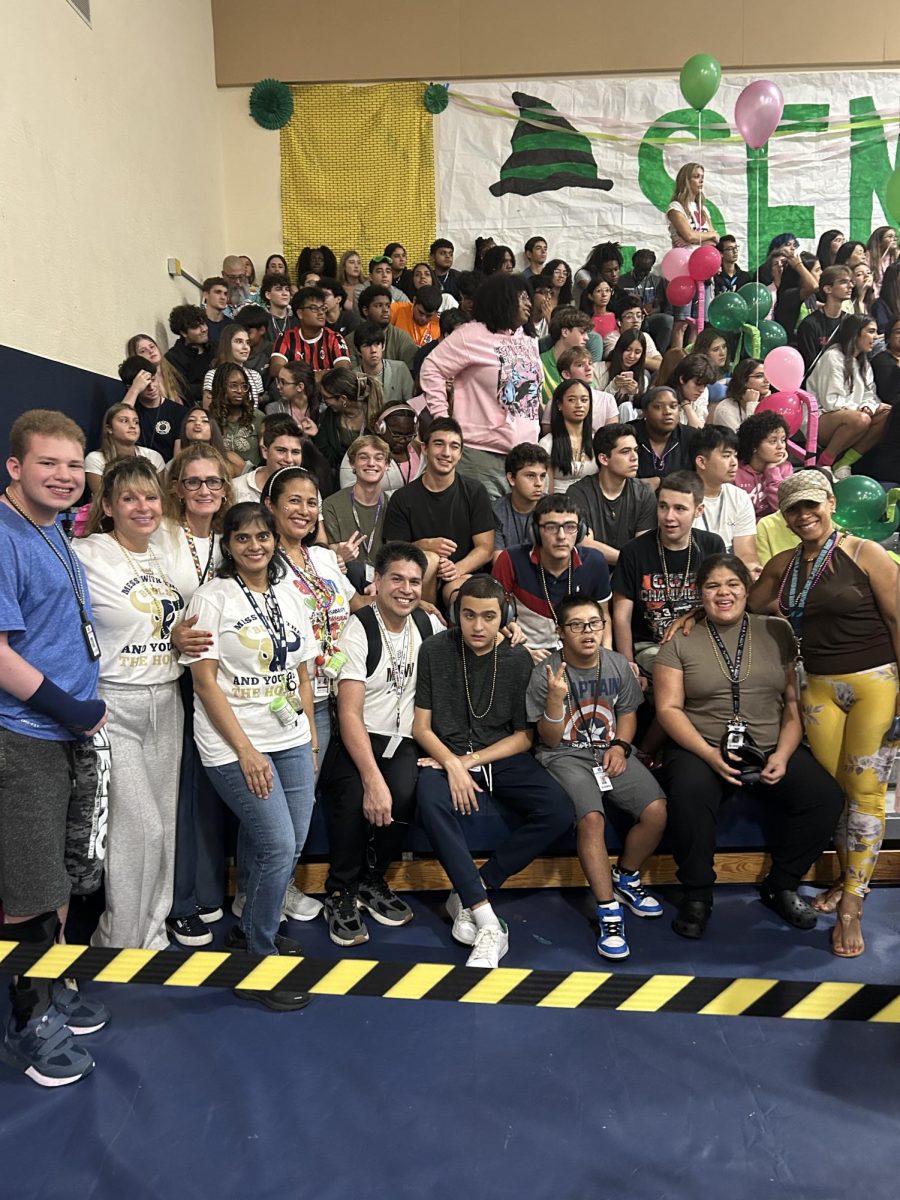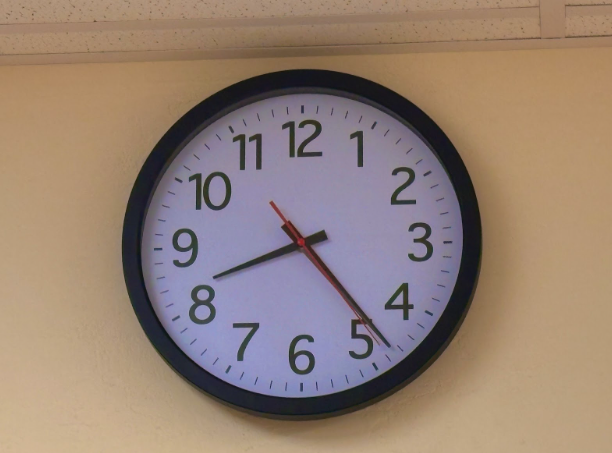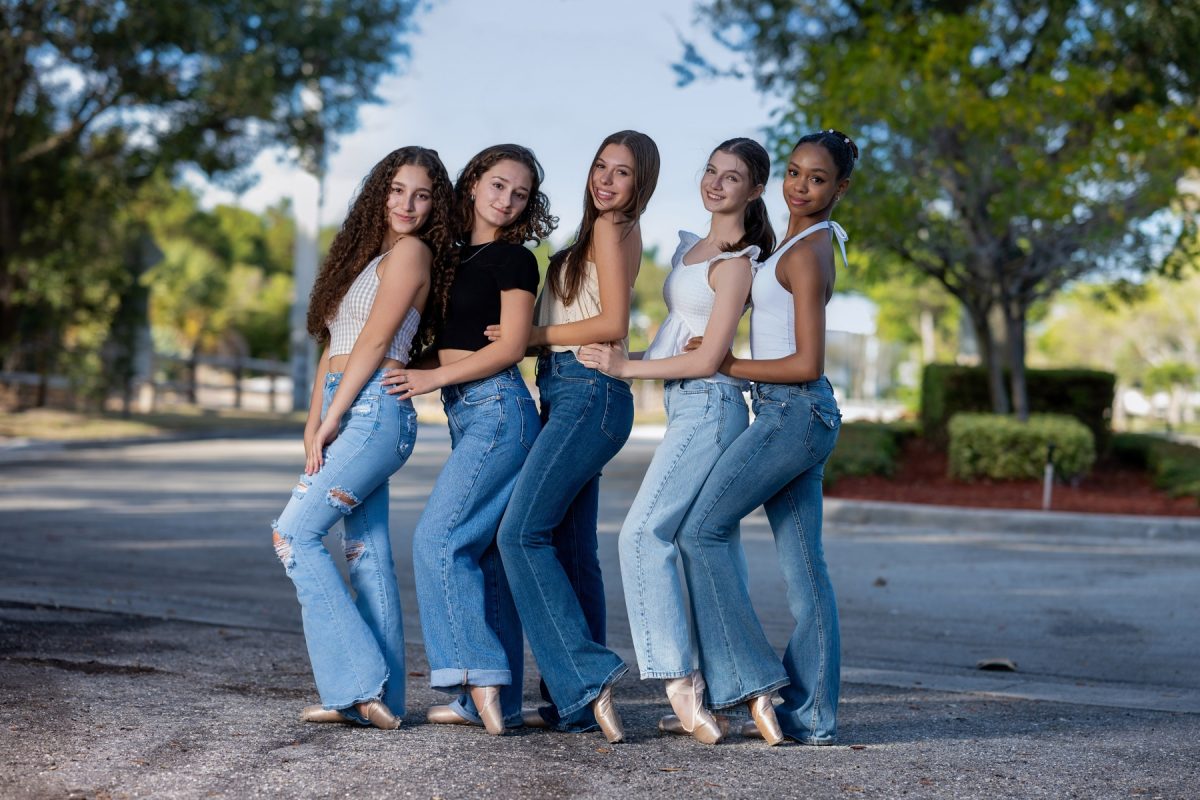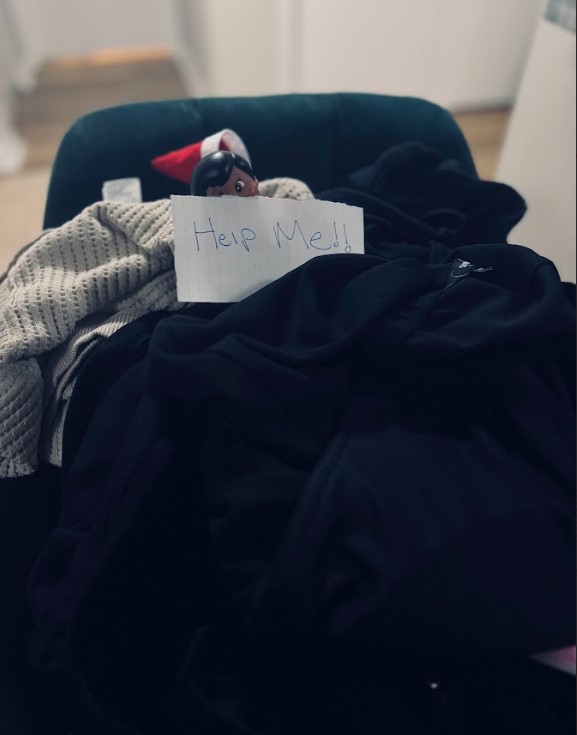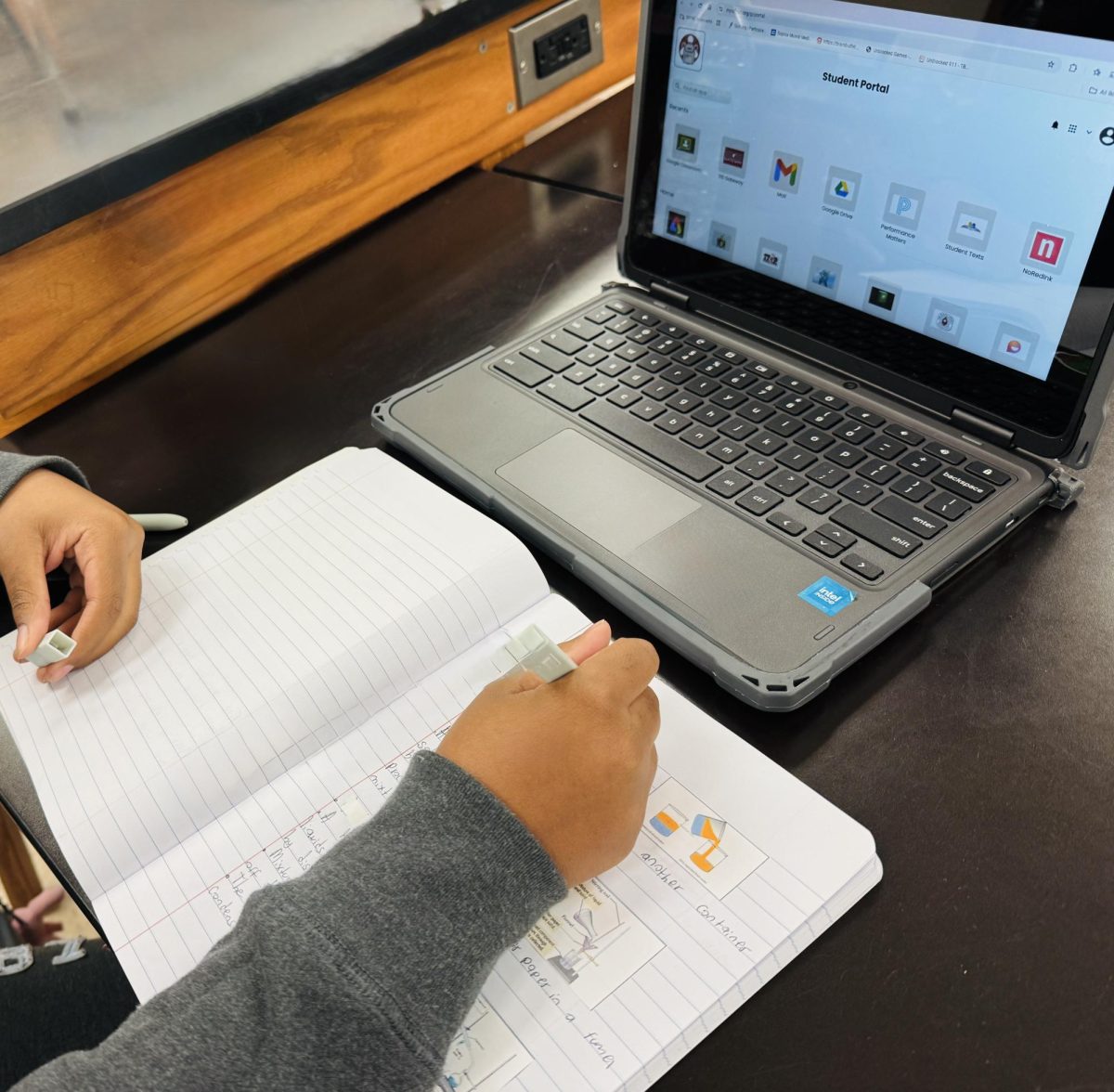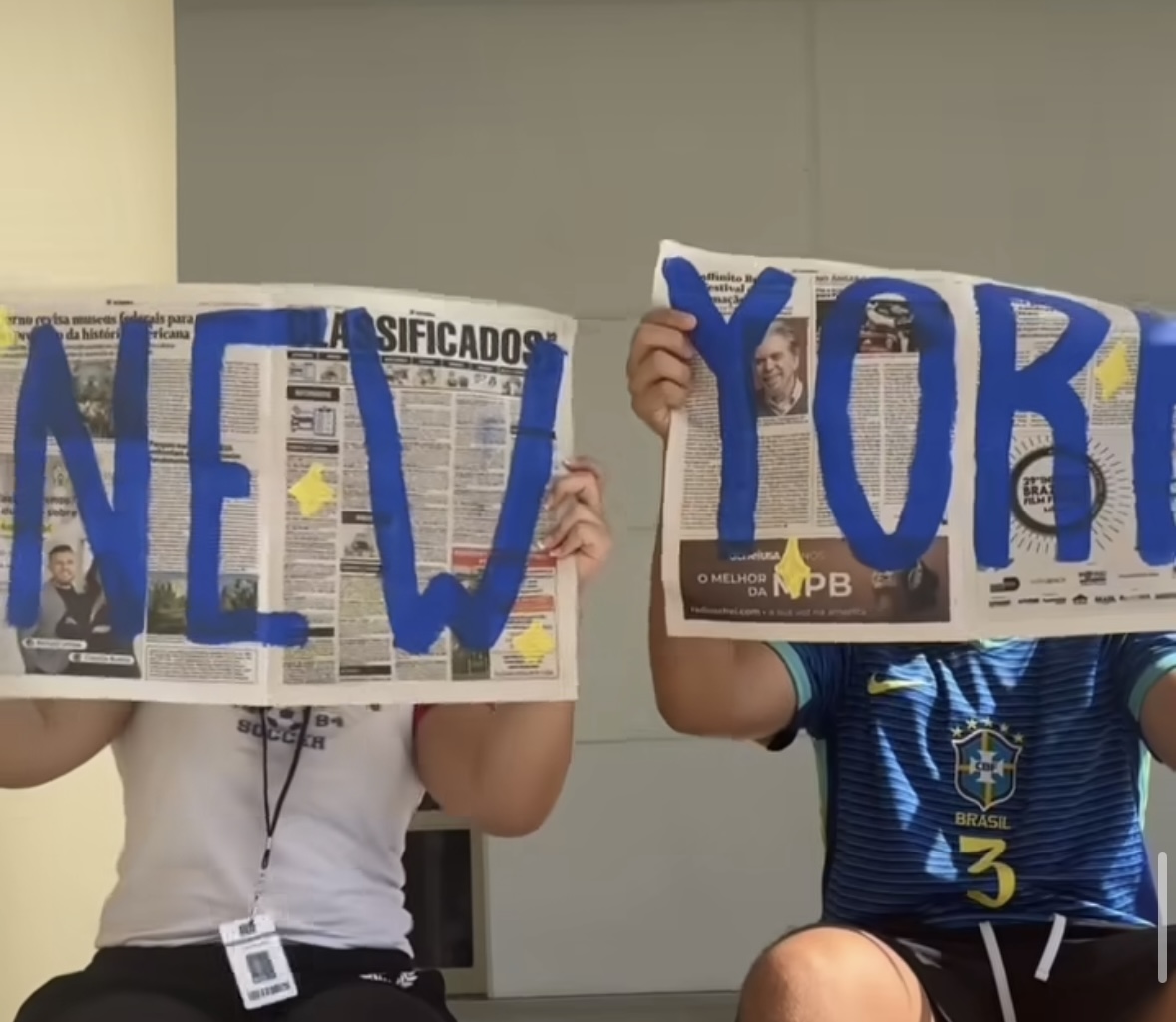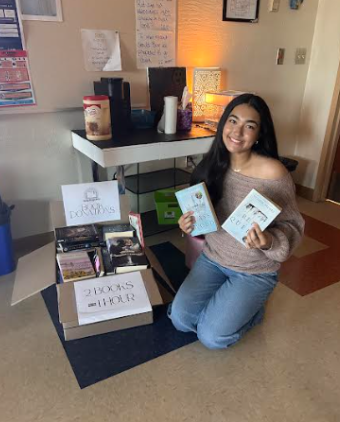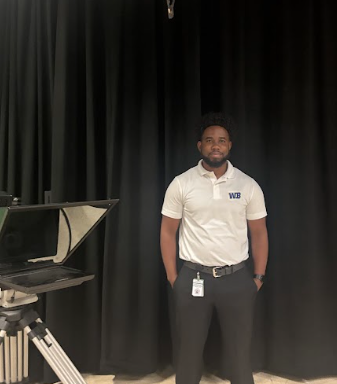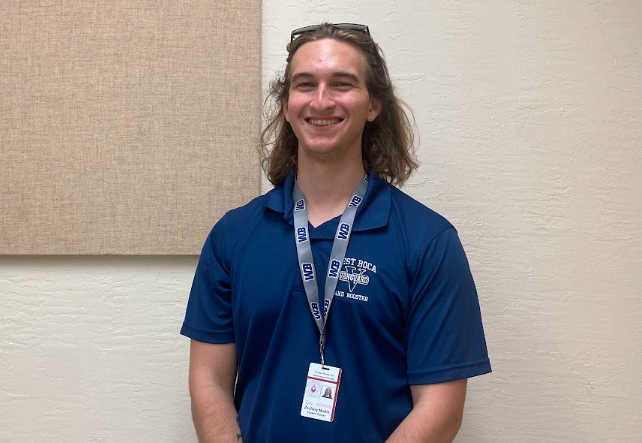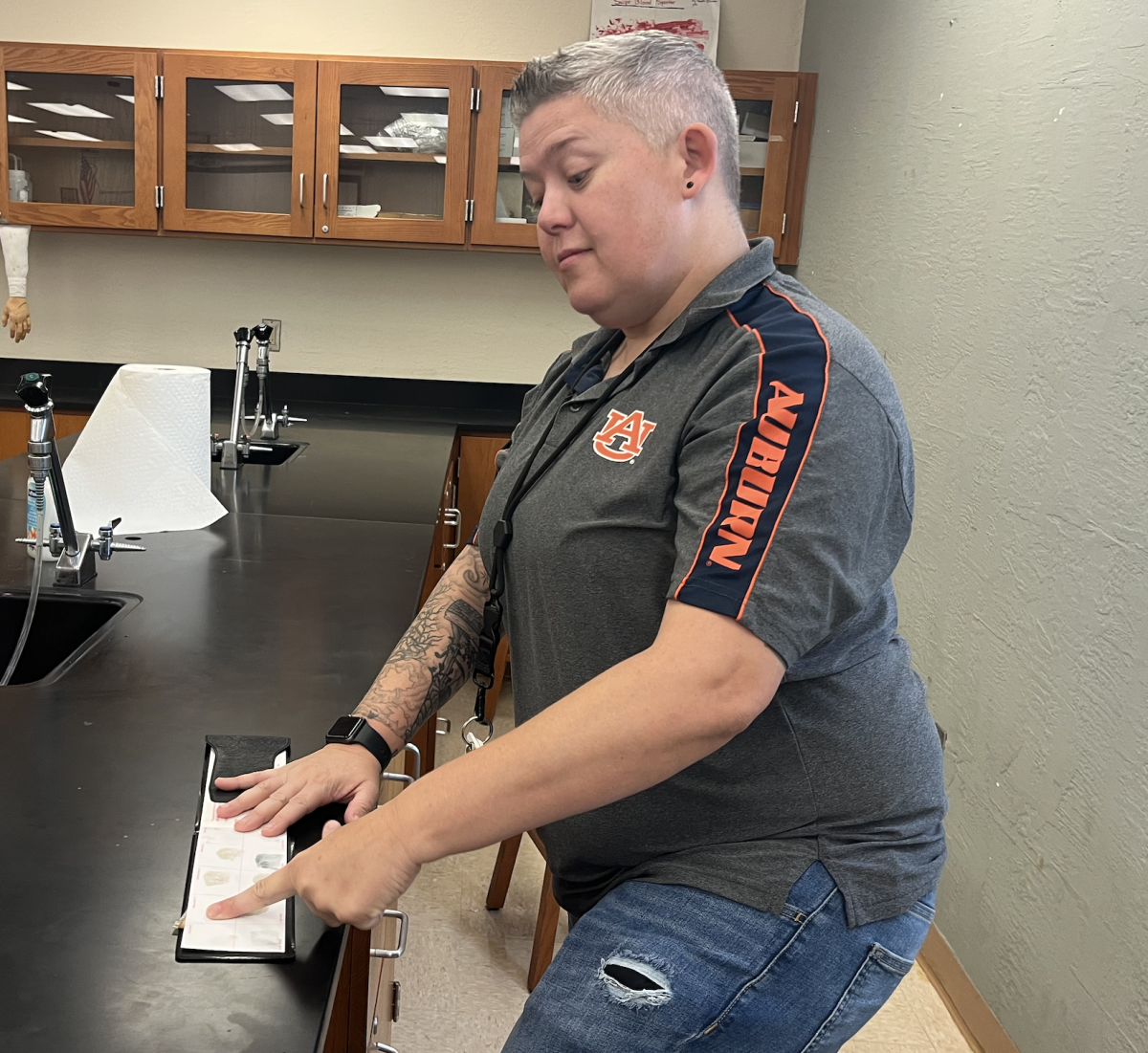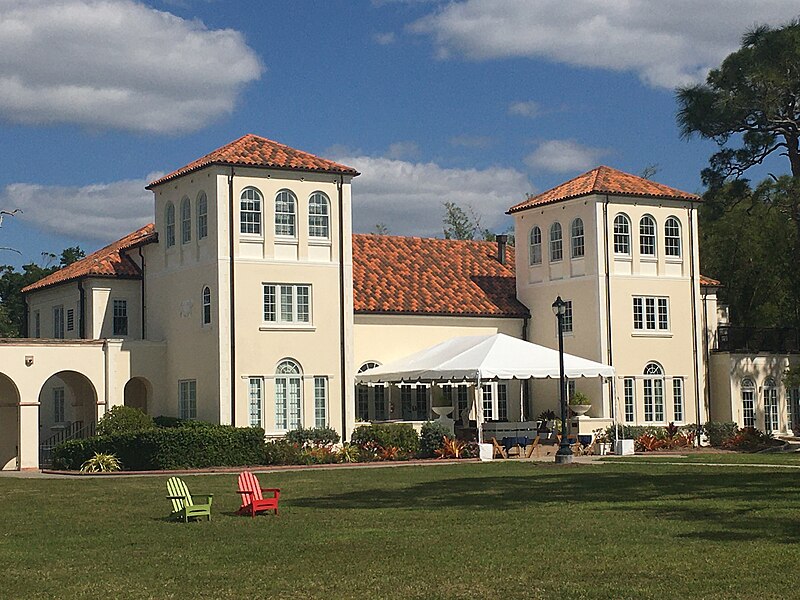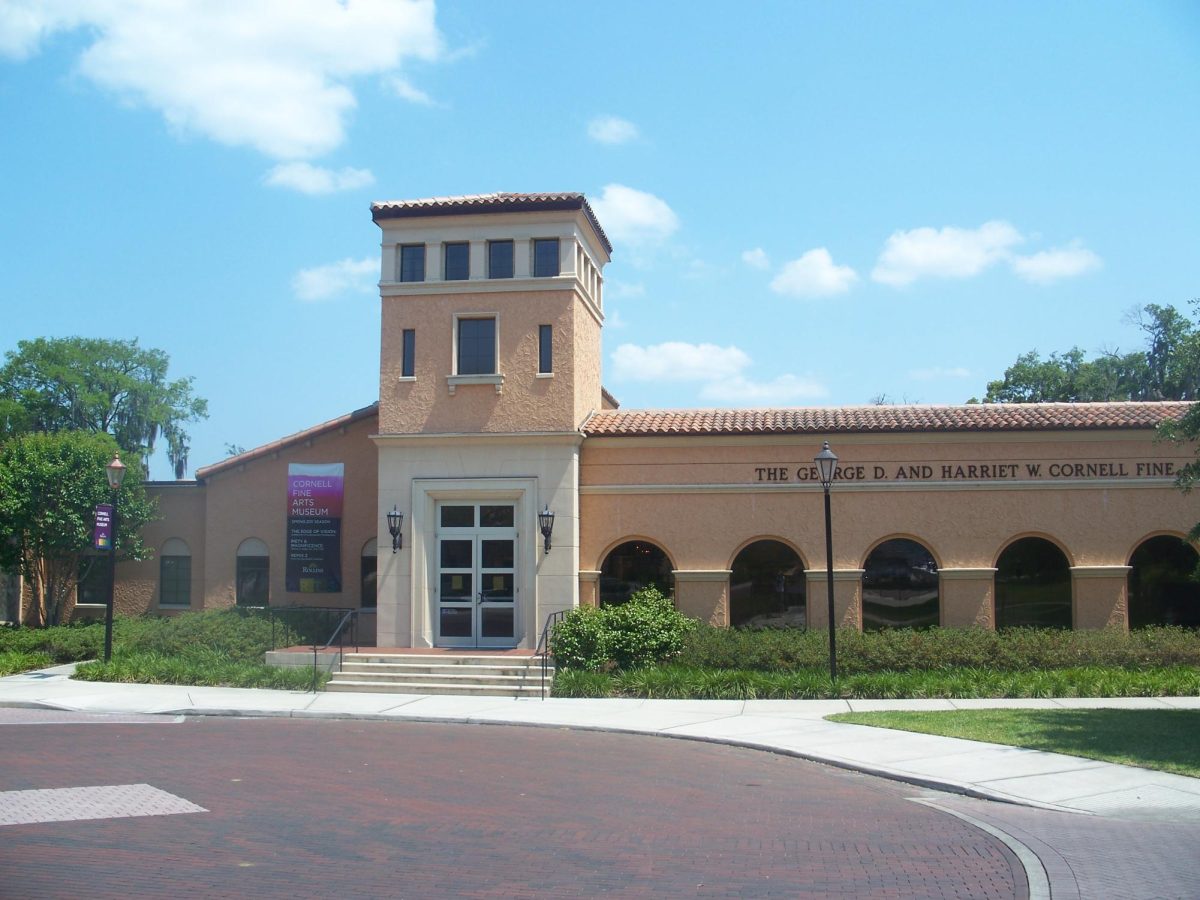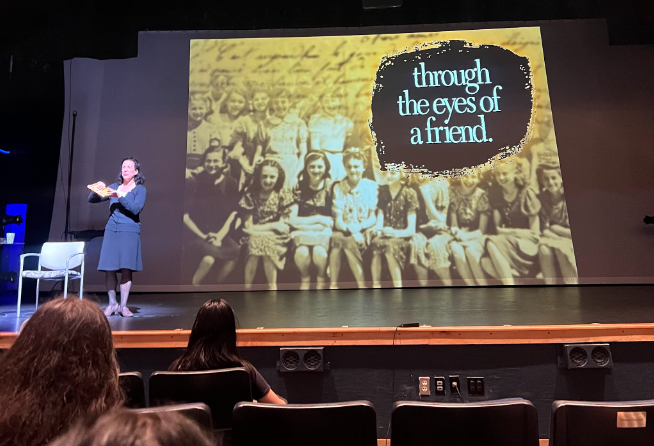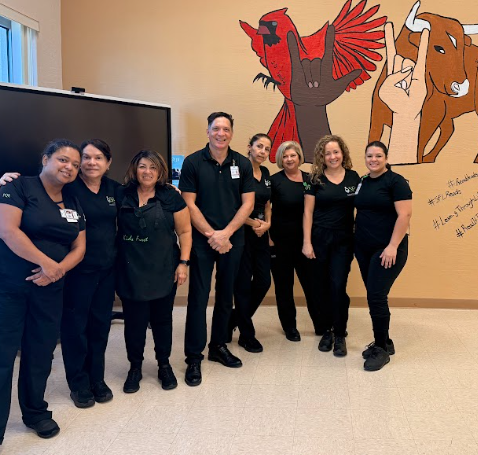On Friday, January 31st, the students of West Boca were invited to attend a unique presentation in honor of Holocaust Remembrance Day. Teaching artist Elizabeth enriched our fifth period with her intimate knowledge, blending both theater and history to completely transform our understanding of the tragic event.
Introducing her presentation with a brief background on the tragedy, Elizabeth described the discriminatory chaos engulfing Europe in the early 20th century. Citizens of Western Europe were branded with “badges of hate” intended to represent their culture or minority. Jews, African Americans, Jehovah’s Witnesses, homosexuals, and the disabled were just some of the multitude of minority groups targeted with these badges. They were polished excuses for bullying, abuse, and torment, allowing individuals to be systematically persecuted. The Jewish people, especially, received mass extermination by the Nazi soldiers of Germany and were often forced into hiding to avoid exploitation.
Elizabeth went on to offer our students a rare glimpse into the personal life of Holocaust victim Anne Frank, narrating through the lenses of people who lived close to her. Playing a composite character of all of Anne’s friends, she presented us with the visual element of the devastation that we had never seen before: performance.
I felt practically every emotion in the book: relief, confusion, disgust, anger, and immense sadness. My classmates and I felt the childlike innocence of young Anne as she played with her friends in the street. We felt the gut-wrenching pain of teenagers being torn away from their families and forced to work in labor camps. We felt the claustrophobia of the putrid-smelling cattle cars and the humiliation of the number tattooed into their skin.
I even remember turning to my friend and asking if he was alright; the performance was that powerful.
At the close of the presentation, Elizabeth opened the floor for questions and boy, there were many. I specifically remember one that inquired about how the Nazis justified their actions, and she responded. “They were racist,” she said simply. “They would judge people by their actions in their established hierarchy of humanity, and anyone who fought back would be forced to the bottom.” Whether it be measuring facial features or filming concentration camp atrocities, the soldiers had hoped to reconstruct the population into a purely Aryan race: people with blond hair and blue eyes.
After watching the visually engaging performance, I was able to take away an important lesson. I learned that hate itself is truly a terrible thing. When a person holds so much power and is able to infiltrate the world with such abhorrent lies, society turns individuals against one another. The Holocaust taught us what it means to reflect on our behavior and how we treat those around us. Even if someone looks or acts a little differently than we do, it is always vital to speak kindly and respectfully. Our school was very lucky to view this inspiring performance, and we say a huge thank you to the Living Voices Foundation for bringing it to us.
If you missed the presentation, you can learn more about the program at:
https://www.livingvoices.org/eyes/eyes.html.

